Hwangudan (환구단)
1.1Km 2020-05-07
112, Sogong-ro, Jung-gu, Seoul
+82-2-3396-5842
Hwangudan est un
rituel connu aussi sous les noms de Jecheondan ou Hwandan. Ce rituel en l’hommage
des cieux tire son origine du confucianisme. La première pratique a eu lieu le
premier mois de l’an 2 du règne du roi de Goryeo Seongjong (983), et après
plusieurs abolition et remise en pratique, ce rite prit fin définitivement au début
de l’ère Joseon. Durant l’an 2 du règne de Sejo (1456), cette cérémonie fut
momentanément remise en pratique mais prit fin en 1457. La dernière pratique de
ce rituel pendant l’ère Joseon a été en 1464. La prochaine pratique eut lieu en
1897, an 34 du règne de Gojong, année ou ce dernier se donna le titre d’empereur
et la péninsule devint aussi l’Empire de Corée. Actuellement ce qu’il reste de
l’autel de Hwangudan est le Hwanggungwoo et 3 figures en plâtre. Hwanggungwoo a
été finalisé 2 an après la construction de l’autel Hwangudan soit en 1899. A côté
de Hwanggungwoo se trouvent ces 3 figures en plâtre symbolisant un instrument
de musique utilisé lors du rituel. Maintenant, la grande partie de l’autel Hwangudan
se trouve à l’hôtel Joseon et le pavillon Hwanggungwoo se trouve dans le jardin
Nambukbyeon.
Travelodge Myeongdong City Hall (트레블로지 명동 시티홀)
1.1Km 2021-06-25
22, Sejong-daero 16-gil, Jung-gu, Seoul
+82-2-6362-6000
Travelodge Myeongdong City Hall provides excellent and efficient customer services as well as convenient amenities for the comfort of all their guests. The hotel is only 3 minutes’ walk away from City Hall Station, and its location benefits both tourists and business travelers alike as it offers various transportation options with Seoul's popular tourist attractions in the vicinity, such as Deoksugung Palace and Namdaemun Market. The hotel features a sauna session and spa services to relieve stress and put one's body and mind at ease after a busy day of traveling.
Choryuhyang (초유향)
1.1Km 2017-11-23
24-10, Dadong-gil, Jung-gu, Seoul
This restaurant's feature items are its Samseon-nurungjitang, Dongpayuk, and Seafood Galbi. Seafood is plentiful in the Samseon-nurungjitang, making for a delicous soup base to which nicely browned rice is added later. When the browned rice is added to the soup base, a loud crackling noise is heard, which signals the beginning of a delicious meal.
Lieu saint de Seosomun (서소문순교성지)
1.1Km 2019-01-16
447-1 Cheongpa-ro Jung-gu Seoul
+82-2-312-5220
Le carrefour près de Seosomun était un lieu d'exédution à l'époque de Joseon. Ce lieu s'appelait 'Sigumun' qui signifie la porte où les cadavres passent. Ils transportaient les cadavres par Seoeomun et exécutaient les coupable à ce lieu où il y avait un marché à l'époque. Les citoyens pouvaient regarder à la scène d'exécution ce qui alarmait les personnes. En 1984, 103 martyrs sont nés dans le catholicisme de Corée, qui est également un événement peu probable dans l'histoire mondial catholique. Pour les croyants catholiques en Corée, Seosomun est considéré comme l'un des lieux saints importants parce que de nombreux prêtres catholiques ont été martyrisés à ce site. Parmi 103 martyrs coréens, 44 ont été martyrisés ici. En outre, une béatification a eu lieu ici en 2014, pour bénir les 124 personnes.
Of one book and stay / 일독일박
1.1Km 2025-08-11
11-1, Pirundae-ro 3-gil, Jongno-gu, Seoul
This hanok (traditional Korean house) is located in Seochon Village near Gyeongbokgung Palace. It is a modern C-shaped hanok centered around the inner courtyard, which is the first thing that the guests see after entering through the gate. While it is not expansive, white pebbles and a foot bath make this hanok a unique one. One can enjoy a foot bath while sitting on the porch.
The bedroom, which is located beyond the living room, is furnished with a queen-sized bed. Opening the screen doors brings one to the view of the kitchen area beyond the inner courtyard. A large table, plush sofa, and a small bookcase make the space ideal for books and discussions. Climbing the wooden ladder to the side of the kitchen brings one to the attic, which also doubles as a Korean-style room with a skylight. The kitchen is furnished with a refrigerator, microwave oven, gas stove, electric kettle, toaster, pots, utensils, wine glasses, and bottled water. There is a restroom with a bathtub. The standard occupancy of the house is 4 people.
Yonggeumok (용금옥)
1.1Km 2020-06-09
24-2, Dadong-gil, Jung-gu, Seoul
+82-2-777-1689
Yonggeumok's specialized stew includes tofu, fried tofu, spring onion, onion, oyster mushroom, tree ear mushroom, and other condiments added to broth boiled with lamb and its intestines overnight. Pre-cooked loaches are added in the end, creating a spicy yet savory flavor with chewy texture (loaches can be ground upon request). The restaurant serves Gyeongsang-do style, Jeolla-do style and Seoul-style chueo tang (loach stew).
Ground Seesaw Seochon (그라운드시소 서촌)
1.1Km 2023-01-16
18-8, Jahamun-ro 6-gil, Jongno-gu, Séoul
Le complexe culturel Ground Seesaw se trouve à Seochon dans l'arrondissement de Jongno-gu, un endroit où l'histoire, l'art et la culture se rencontrent. Le lieu a été créé par Media N Art, une société de production d'expositions, et conçu par le cabinet d'architecture SoA et l'entreprise paysagiste Loci Studio. Nous vous invitons à découvrir Ground Seesaw pour découvrir une variété d'expositions.
PANE PASTA - Jongno Branch (빠네파스타 종로)
1.1Km 2021-03-19
11, Jahamun-ro, 7-gil, Jongno-gu, Seoul
+82-2-777-6556
A specialty restaurant serving pizza and pasta dishes baked in an authentic Italian wood-fired oven. The representative menu is margherita pizza. This Western cuisine is located near Gyeongbokgung (Government Complex-Seoul) Station, Seoul.
Porte Gwanghwamun (광화문)
1.1Km 2022-12-14
161, Sajik-ro, Jongno-gu, Seoul-si
+82-2-3700-3900
Gwanghwamun est la porte principale du Palais Gyeongbukgung, fondé en 1395, par le premier empereur de la dynastie Joseon, Taejo.
C’est la porte du sud parmi les quatre portes de la capitale sud-coréenne. Son nom signifie “Que la Lumière de l’Illumination recouvre le Monde!” et elle porte le but profond que les gens qui ont fondé la dynastie Joseon avait, en créant une nouvelle dynastie.
La Porte Gwanghwamun a été construite de granite. Au centre, il y a une entrée ressemblant à un arc-en-ciel, appelée Hongyemun, et au-dessus, se trouve la tour de la porte. La Porte Gwanghwamun renferme un souvenir douloureux dans l’histoire de la Corée. Durant l’ occupation japonaise de la Corée, de façon à tuer les esprits des citoyens coréens, le général du gouvernement japonais avait détruit la porte et construit son propre bâtiment gouvernemental. L’apparence réelle de la porte est celle de 1968 lorsqu’elle a été reconstruite en utilisant du béton, et elle est située environ à 10m derrière le point d’origine. Pour restituer la forme d'origine de la porte, le gouvernement a entrepris des travaux d'aménagement à partir de 2006, ces travaux se sont terminés le 15 août en 2010.
Hosujip (호수집)
1.1Km 2021-03-30
443, Cheongpa-ro, Jung-gu, Seoul
+82-2-392-0695
It is a restaurant where people wait in line as a hidden restaurant for locals in Chungjeong-ro. The best menu at this restaurant is spicy braised chicken. This Korean dishes restaurant is located in Jung-gu, Seoul.
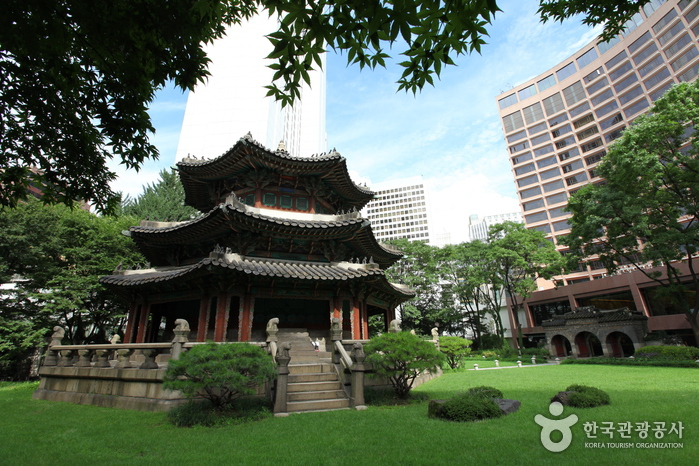
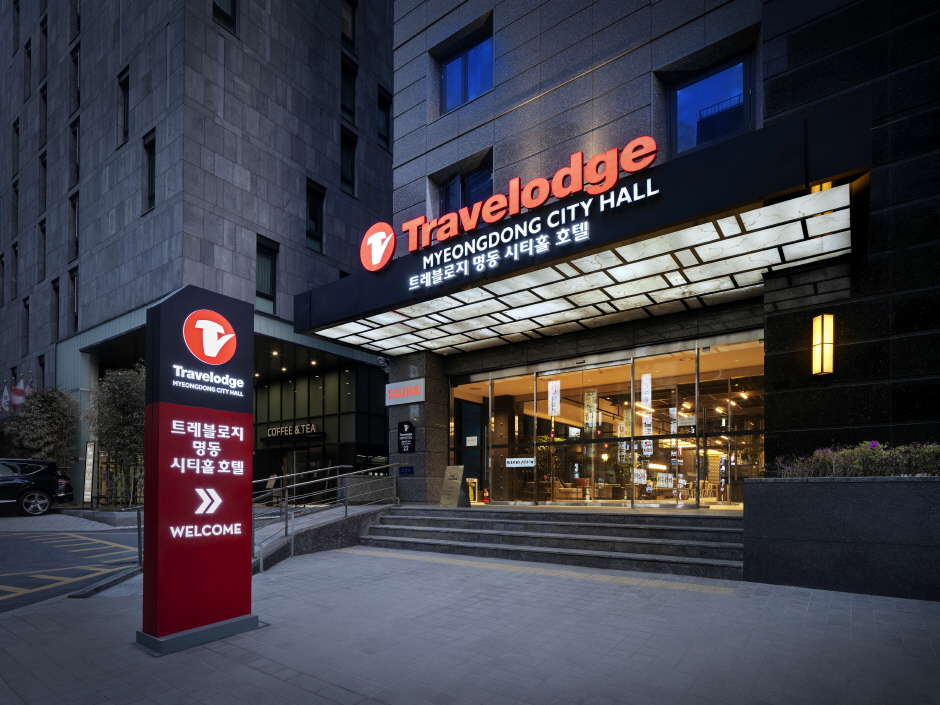
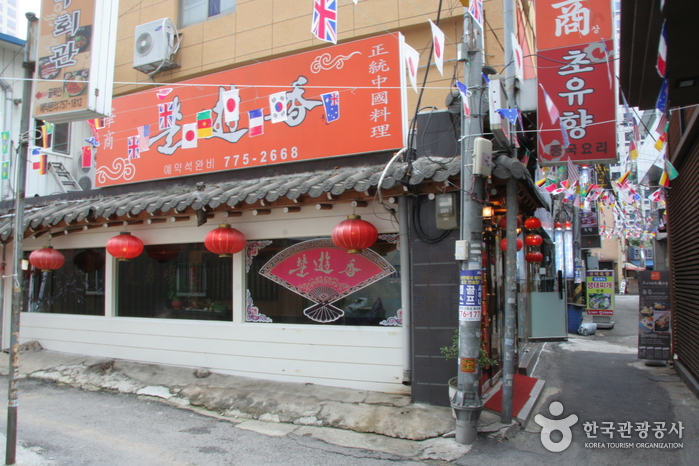
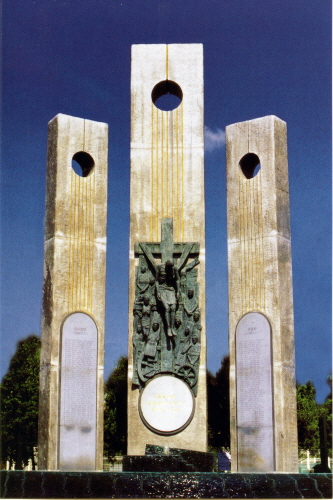
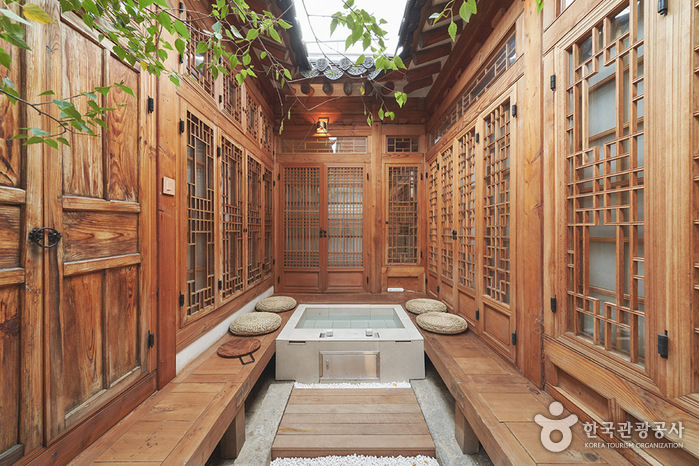
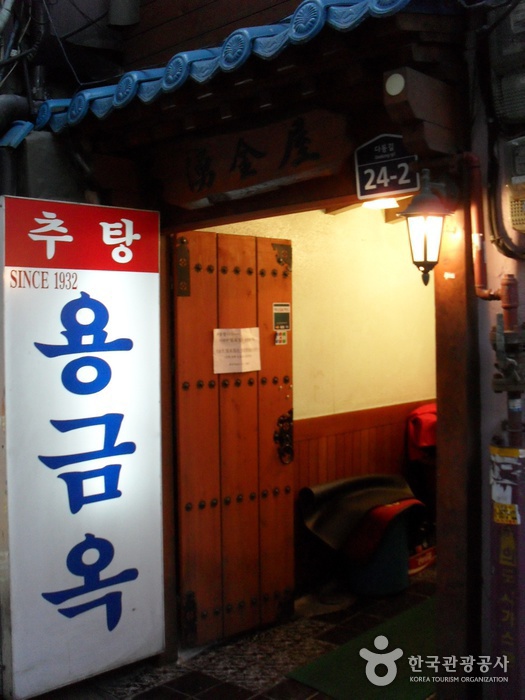

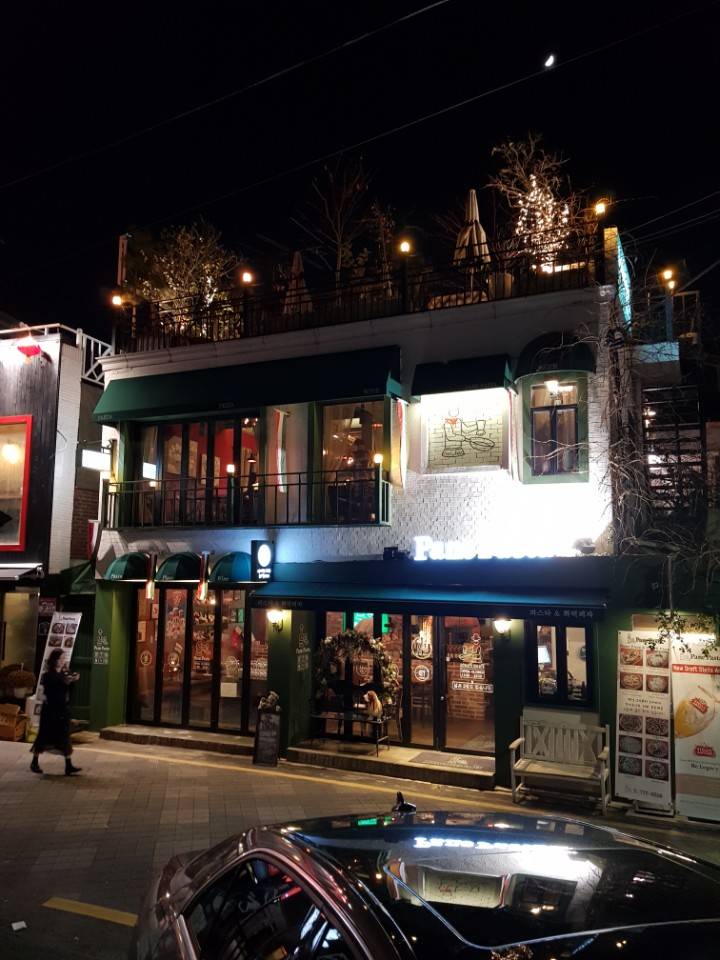
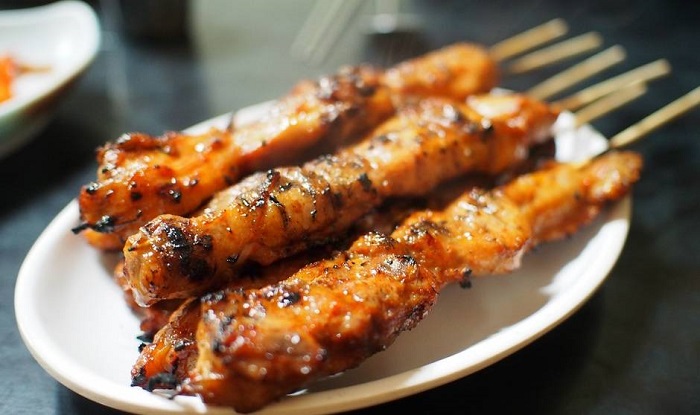
 Français
Français
 한국어
한국어 English
English 日本語
日本語 中文(简体)
中文(简体) Deutsch
Deutsch Español
Español Русский
Русский